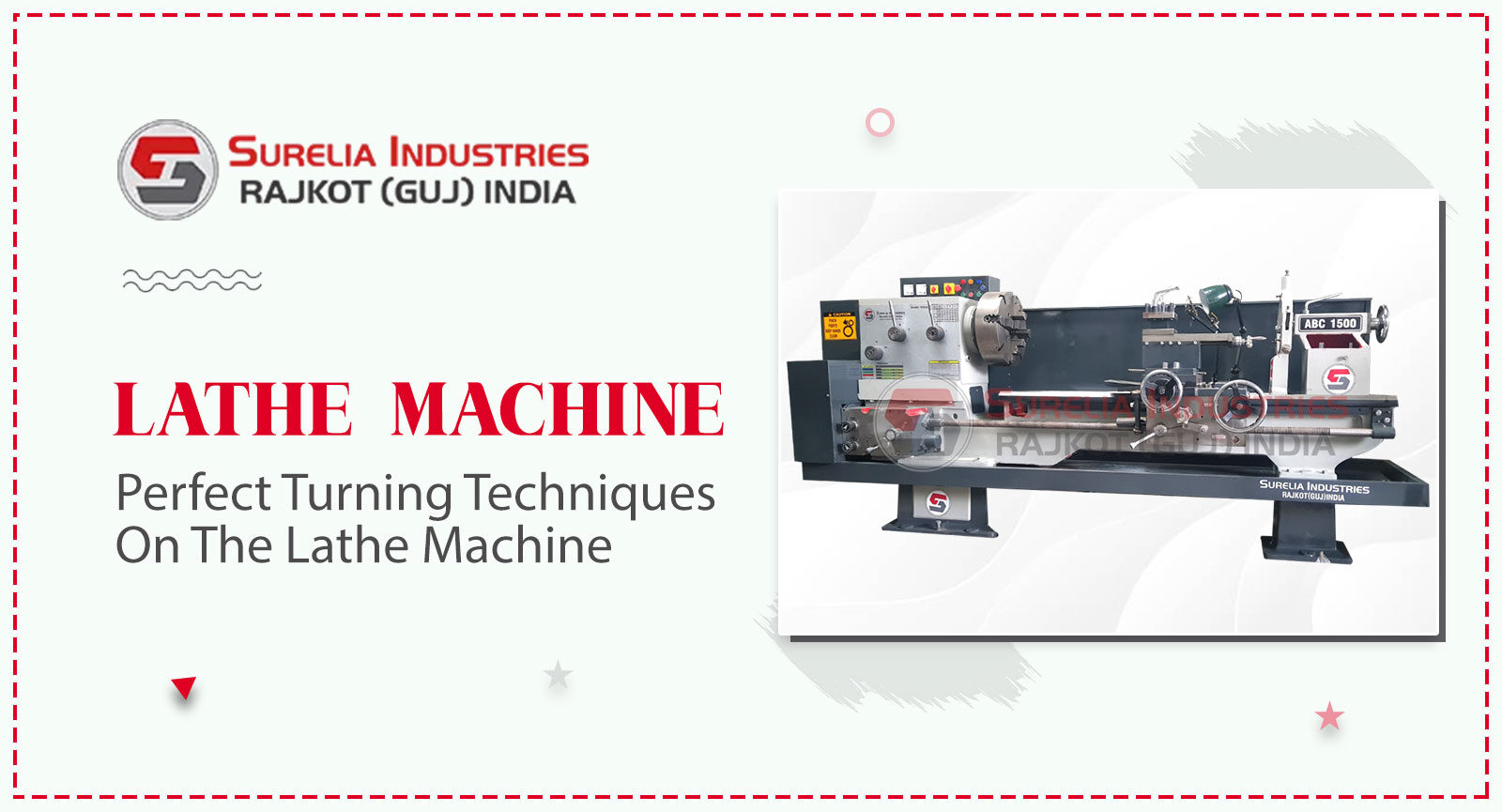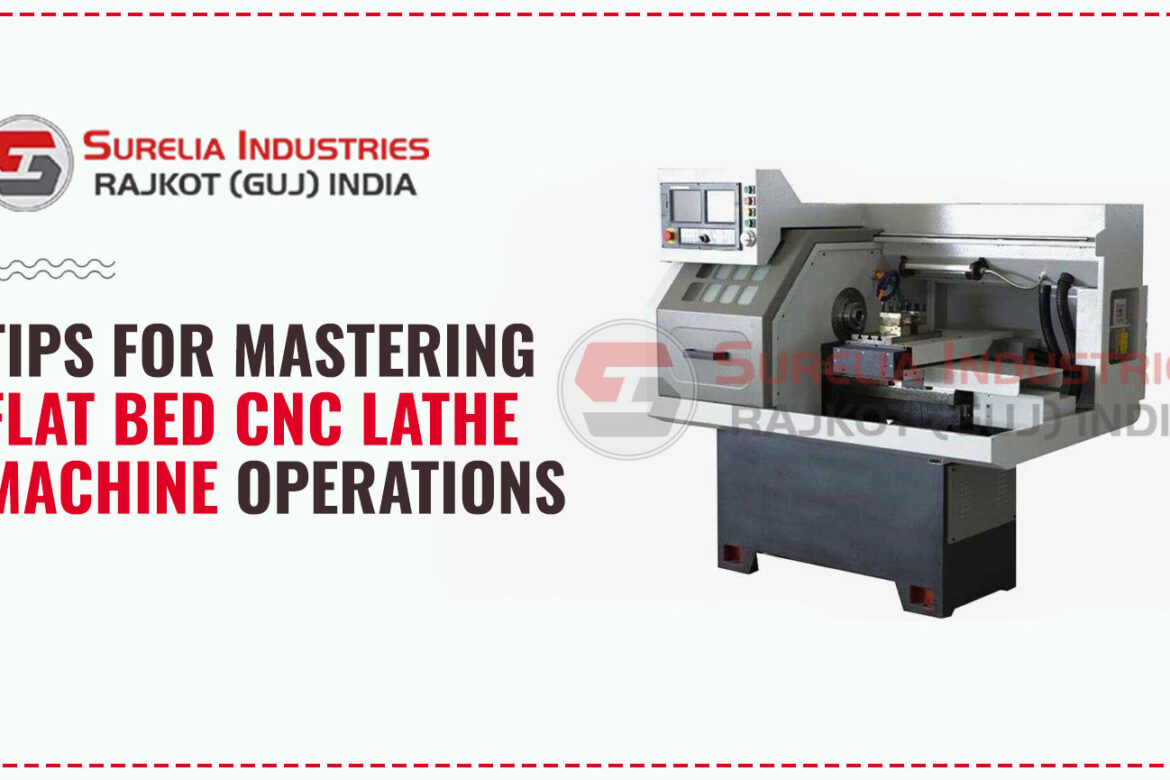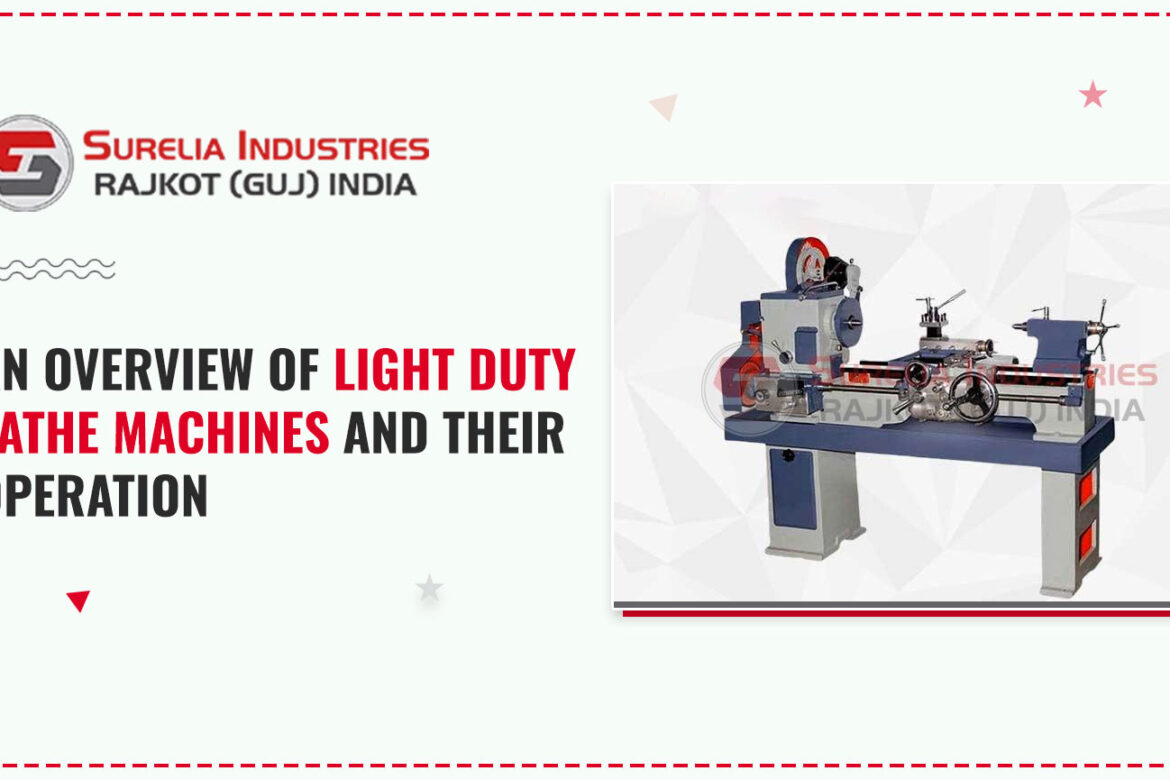Turning operations, which involve rotating a workpiece against a cutting tool to shape it, are frequently performed on a lathe machine. It is essential for learning the methods and procedures involved in Lathe Machine operation to produce flawless turning results.
In this blog, we’ll look at key methods that will enable you to turn objects on a lathe machine precisely and flawlessly.
Opting for the correct tool
For the best turning results, selecting the right cutting tool is essential. Think about things like the type of material, the hardness, and the desired finish. For many applications, high-speed steel (HSS) tools and carbide inserts are frequently used.
Proper positioning and alignment
Make sure the tool is parallel to the lathe bed and positioned at the appropriate height. Inaccuracies, vibrations, and poor surface finishes can all be caused by unsuitable alignment. To precisely set the tool height, use a dial indicator or height gauge.
Deciding the proper cutting speed
To get the best results, the cutting speed must be chosen carefully. The cutting speed depends on the type of tool used, the material of the workpiece, and the desired finish. To choose the right speed for your particular application, consult cutting speed charts or machining handbooks.
Controlling the feed rate
The rate at which the cutting tool interacts with the workpiece is regulated by the feed rate. A constant and suitable feed rate guarantees an even and fluid cutting action. To find the best balance between material removal and surface finish, experiment with various feed rates.
Determining the cutting depth
The quantity of material removed with each pass is referred to as the cutting depth. Accurate depth measurement is essential for achieving precision and avoiding undue stress on the tool and All Geared Lathe Machine.
Depending on the material of the workpiece and the capabilities of the machine, begin with shallower cuts and gradually increase the depth.
Carrying out backlash compensation
The mechanical play between gears known as backlash can result in errors when turning. Your machine’s backlash compensation feature can be adjusted to reduce this impact and ensure accurate and reliable cutting tool movements.
Applying coolant and lubrication
The use of lubricants and coolants is crucial for achieving flawless turning results. They improve chip evacuation, lower friction, and dissipate heat.
To improve tool life and surface finish, choose the correct coolant or cutting fluid for the material being machined.
Regulating the vibrations
Poor finishing of the surfaces and dimensional inaccuracies can result from vibrations. A secure clamping of the workpiece in the chuck or between centres must be made.
When cutting long or thin workpieces, use the proper support mechanisms, such as steady rests or tailstock support, to reduce vibrations.
Tuning the tool geometry
By modifying variables like the tool nose radius, clearance angle, and rake angle, you can optimise the tool geometry. Surface finish, chip control, and tool life can all be significantly improved by fine-tuning these factors.
Regular inspection
Throughout the turning process, periodically inspect the workpiece and make any necessary adjustments. To ensure consistent and precise results, keep an eye out for tool wear, check surface finishes, and take measurements.
To maintain high-quality turning, replace worn tools as soon as possible. By using the techniques listed above, you can produce high-quality workpieces for a variety of industries with precise dimensions, smooth surface finishes, and exceptional turning results.
Carrying safety precautions, however, is crucial. Here are a few safety tips to remember when using a lathe machine:
- Always put on the proper personal protective equipment, such as safety glasses, a face shield, earplugs, and gloves.
- Read and comprehend the operating instructions and safety precautions for the lathe provided by the Lathe Machine Suppliers in India.
- Maintain a clutter-free and clean workspace to promote easy movement and avoid slips, trips, and falls.
- Make certain the workpiece is mounted correctly and securely in the chuck or between centres.
- Check the Lathe Machine frequently for any signs of wear or damage.
- Keep an eye on the lathe machine at all times. Never leave it unattended.
- Make sure that all necessary safeguards and safety equipment, such as chuck guards and tool rests, are installed and set up correctly.
Conclusion
Surelia Industries offers a wide range of lathe machines, designed and constructed with premium quality raw material. They are one of the leading Lathe Machine Manufacturers in India and are committed to giving their clients the highest quality equipment.
So if you’re looking to buy a lathe machine, get in touch with us.

Surelia Industries
Surelia Industries has immense expertise in the manufacturing of lathe machine. We have been providing top quality Lathe Machine to our clients since 1975.









